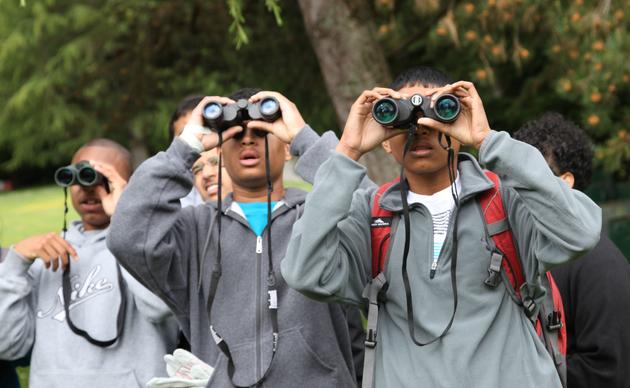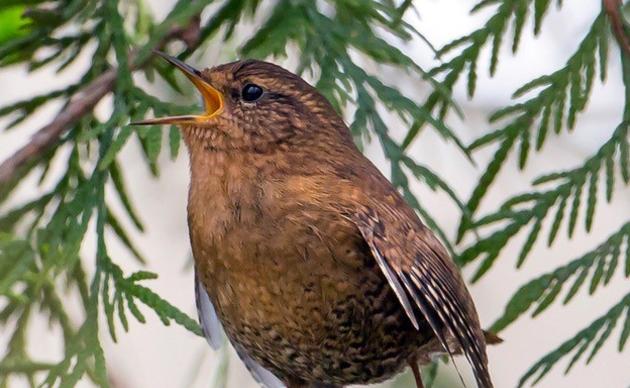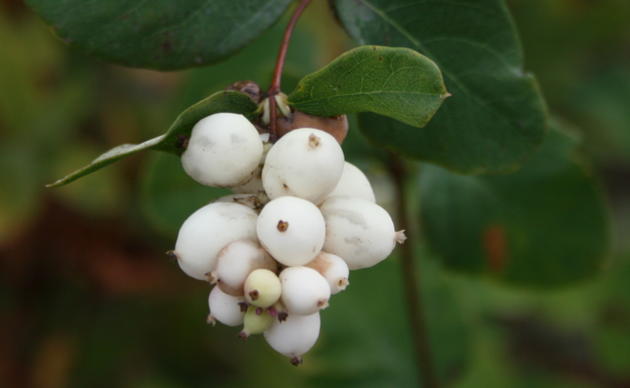
The curious mind loves to unravel the mysteries of the natural world. But sometimes binoculars, a magnifying lens, and a field guide just aren't enough to answer those questions. Here is your opportunity to ask Ed Dominguez questions about native plants, large carnivores, astronomy, geology...anything, especially birds! Each week we'll post one question with an answer online and on Facebook. Post your question today!
This Week's Question: Owl Be Seeing You!
Hi Ed-
I have an owl question. I was in a dog park off MLK last week and came across a tiny owl. I figured that it wasn’t a juvenile, and it didn’t look like one of our familiar Seattle species. I took a picture in the hope that you could identify the little guy and let me know if it a common species in our area. - Shelby
Hi Shelby-
You have an unusual find indeed: a Northern Saw-Whet Owl! This small, "earless" owl prefers the forested mountains and infrequently ventures into urban areas. My only encounter with a saw-whet in Seattle occurred in February several years ago while leading an owl prowl in Seward Park. Our group heard its distinctive vocalization but in the darkness could not see the owl. Evidently the saw-whet was just passing through as I went out solo the next evening with no luck. Distinctive facial markings include the white letter "Y" formed by the nasal feathers extending over each eye. Also, the brown cap with white streaks leading towards the back of the head. The breast feathers are gray-white with vertical reddish-brown streaks. This owl is only about 8" long and weighs just over 2 pounds. Lucky you to have found this rare bird in our urban area! Thank you for sharing and keep your eyes open out there...you could be on a roll!!! -Ed
How you can help, right now
Get Involved
We rely on the talents of our volunteers to promote the efforts of the Center. Whether you're a budding naturalist or an organized decision-maker, we need you!
Get Native
Incorporating native plants into your yard or balcony garden provides important habitat for birds and promotes biodiversity.





